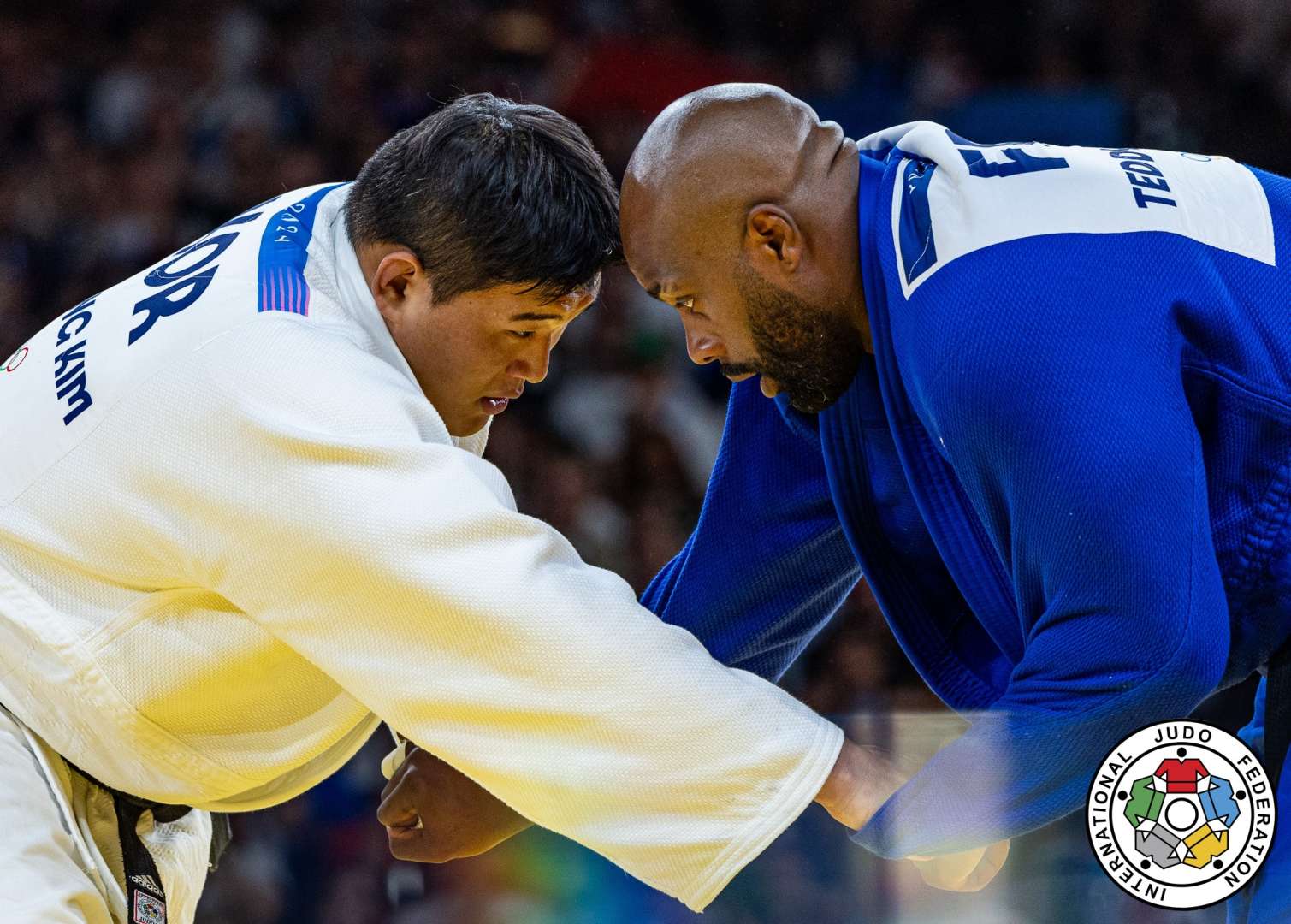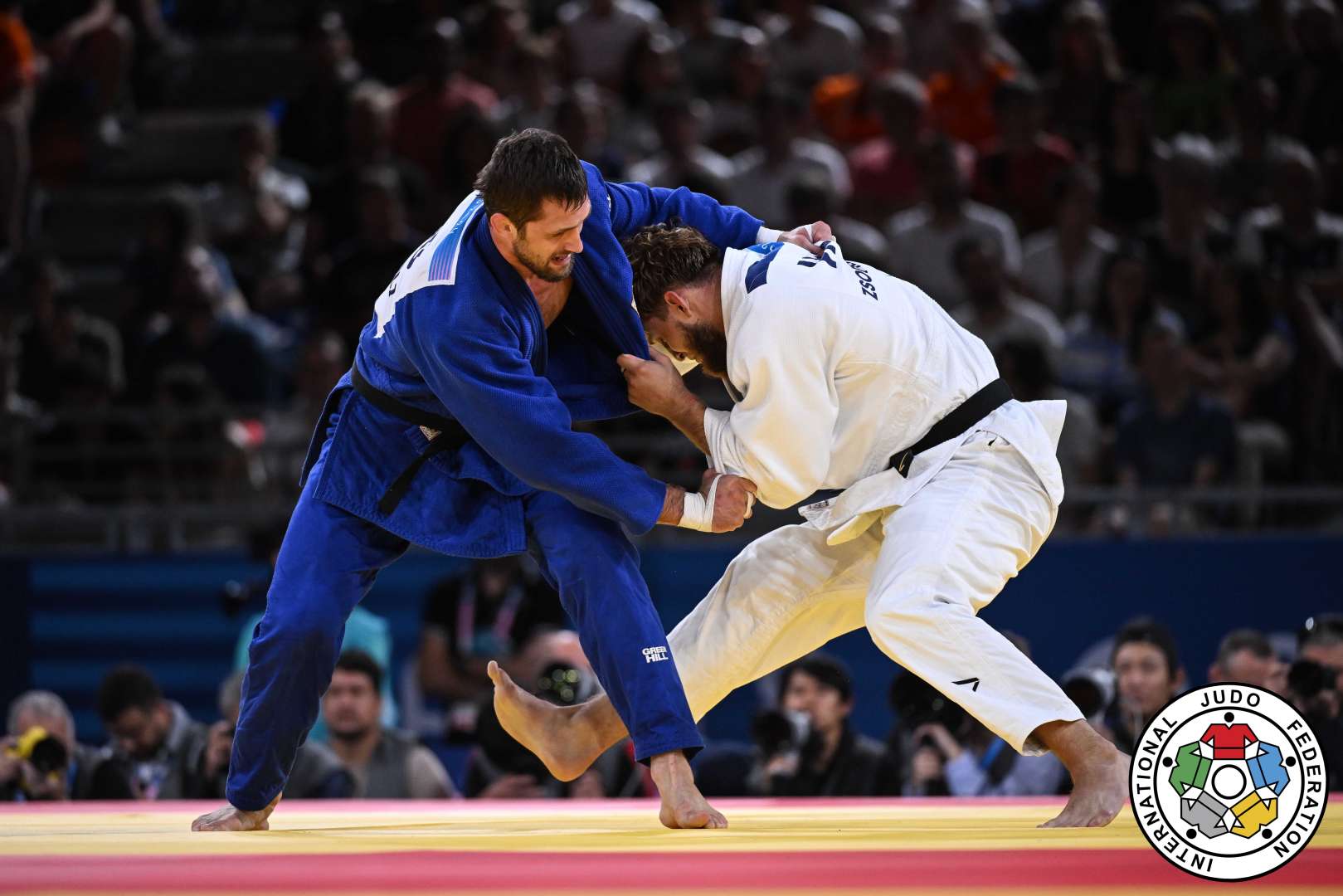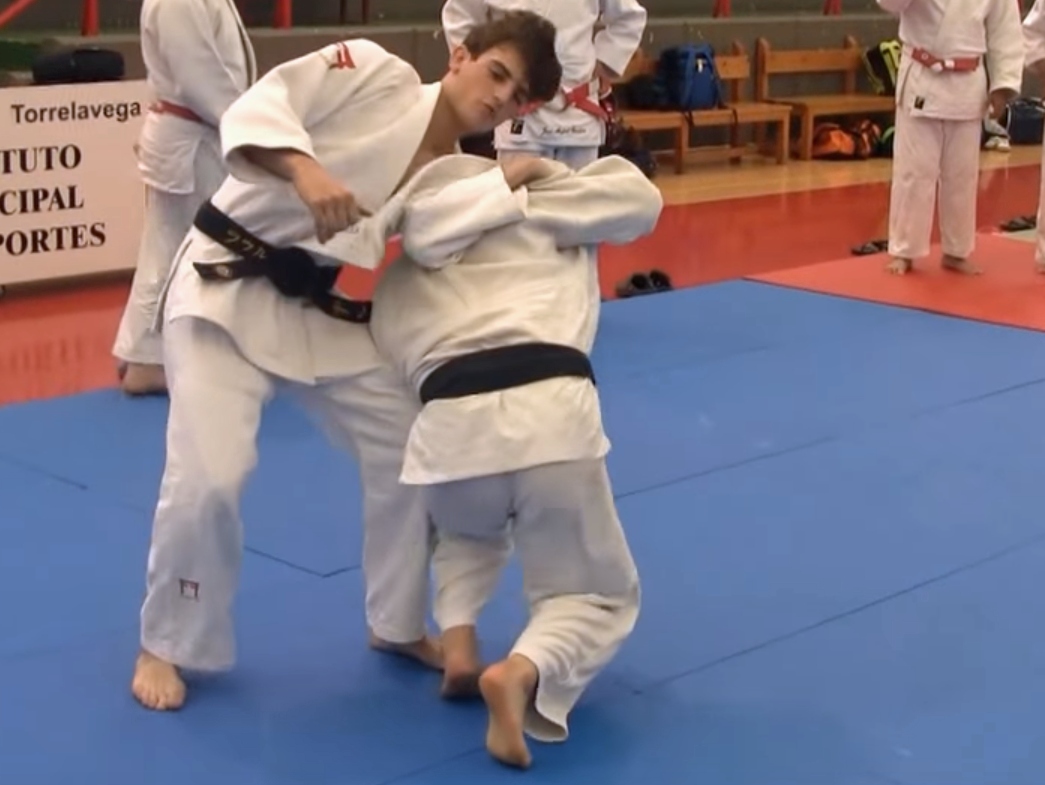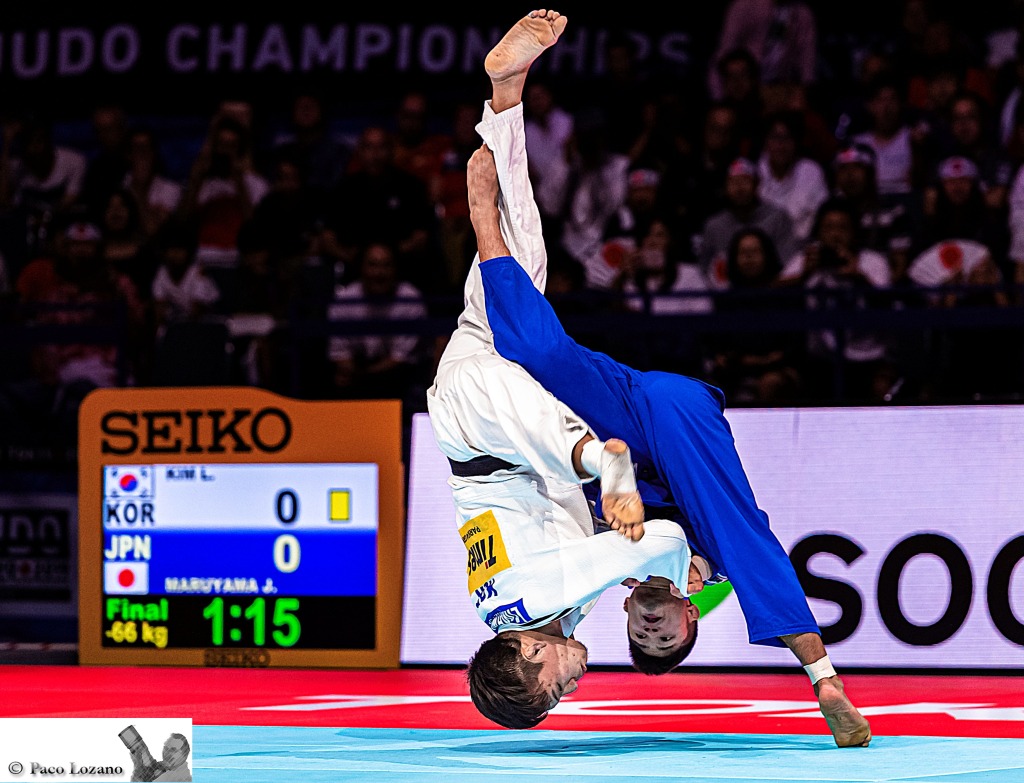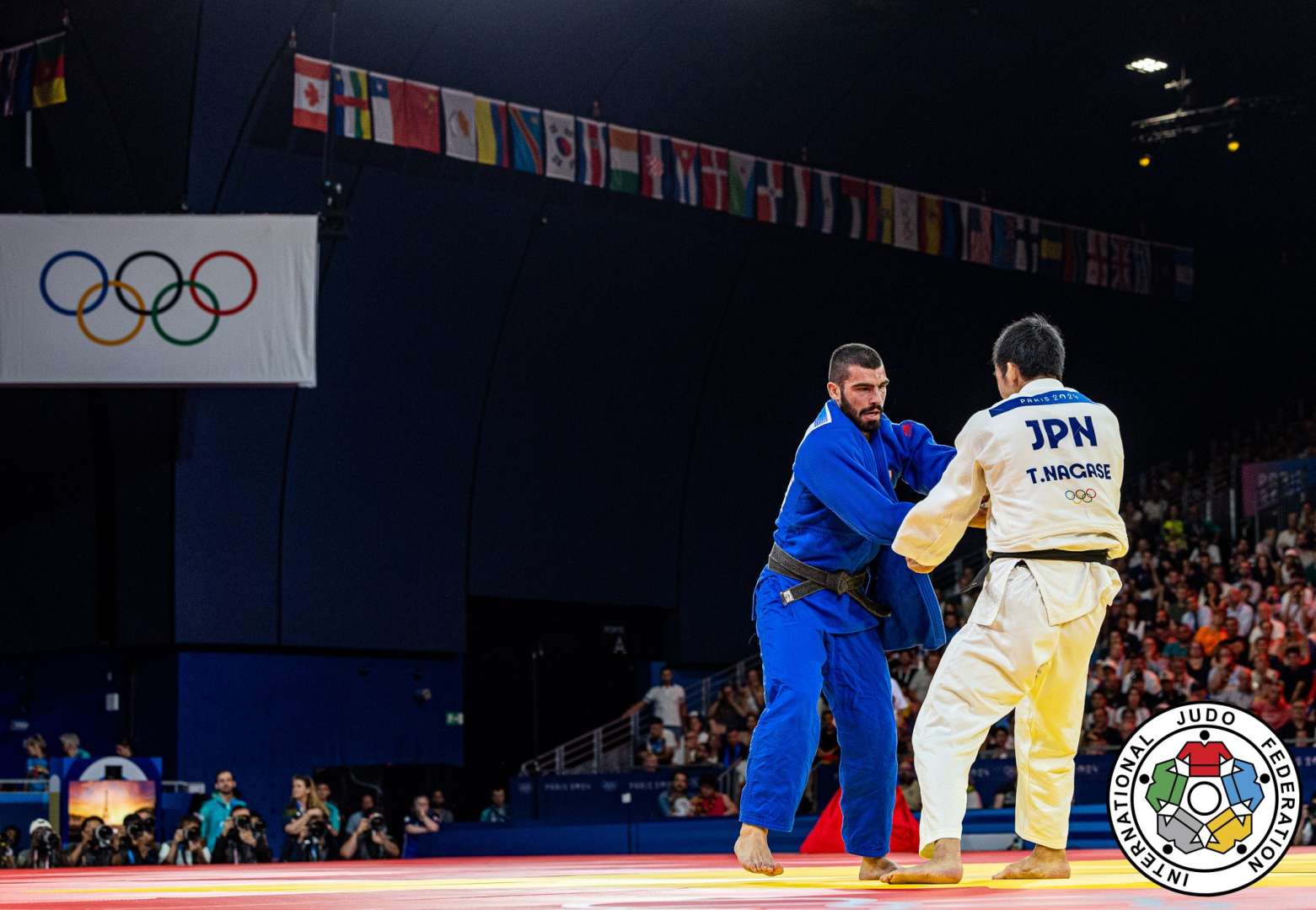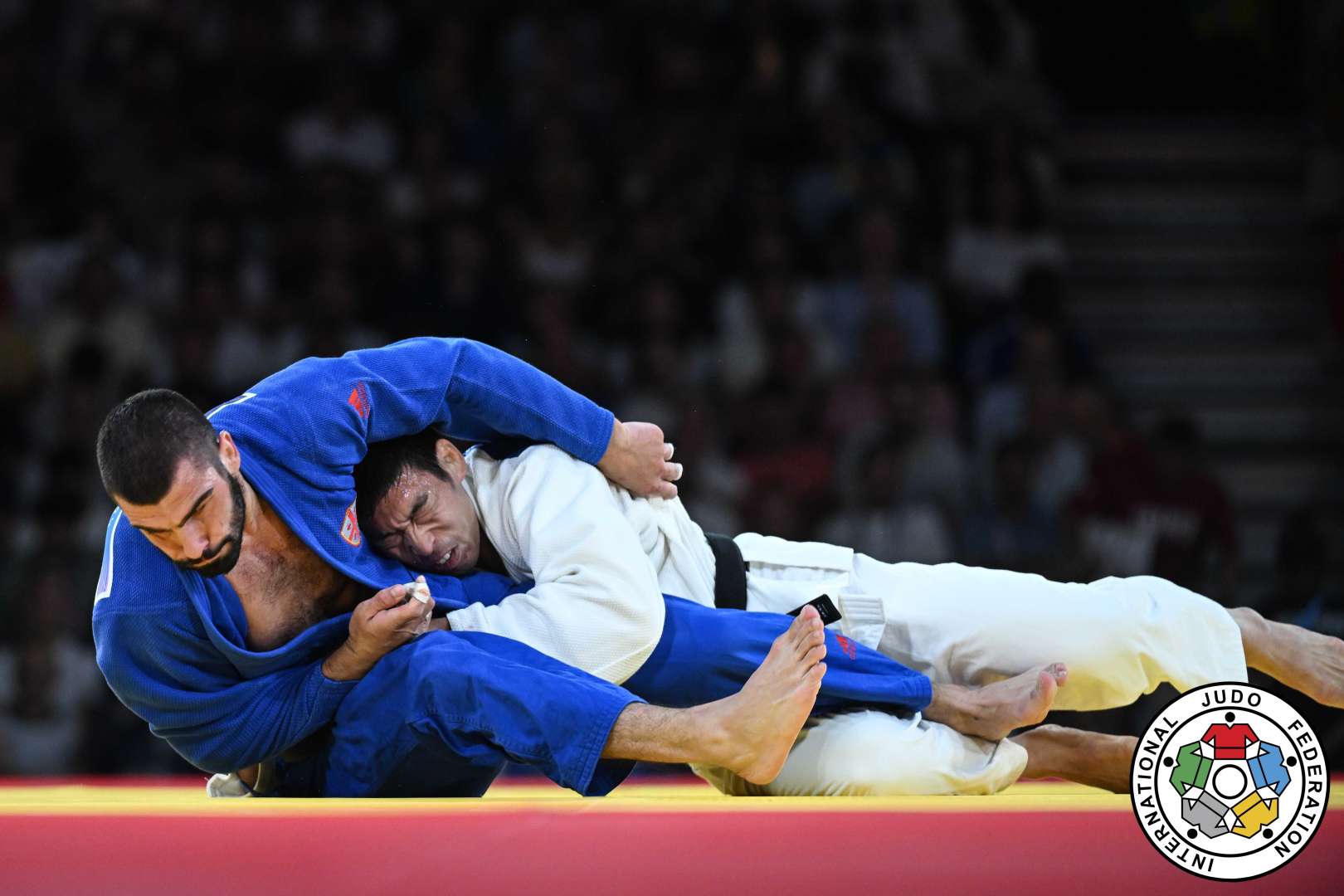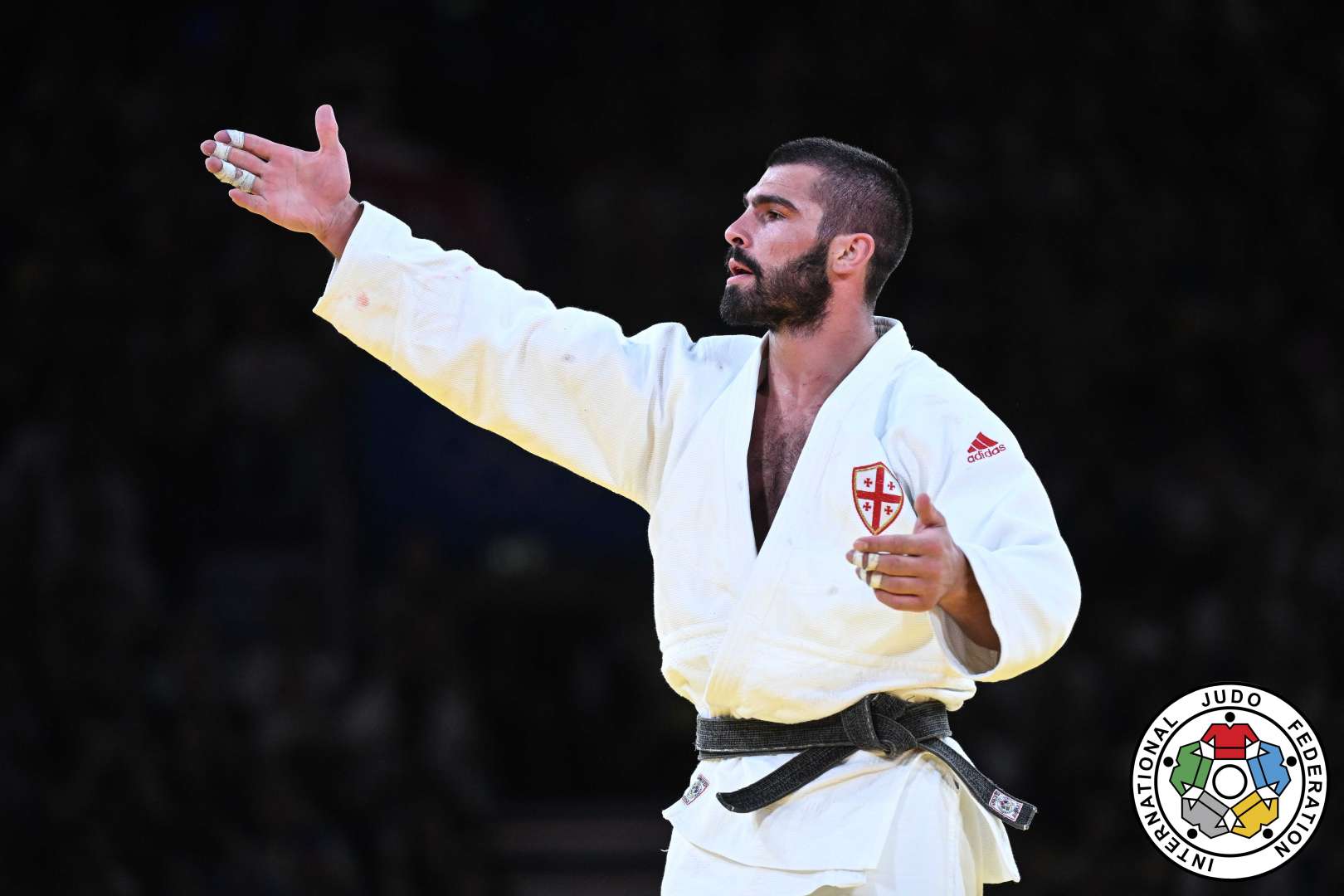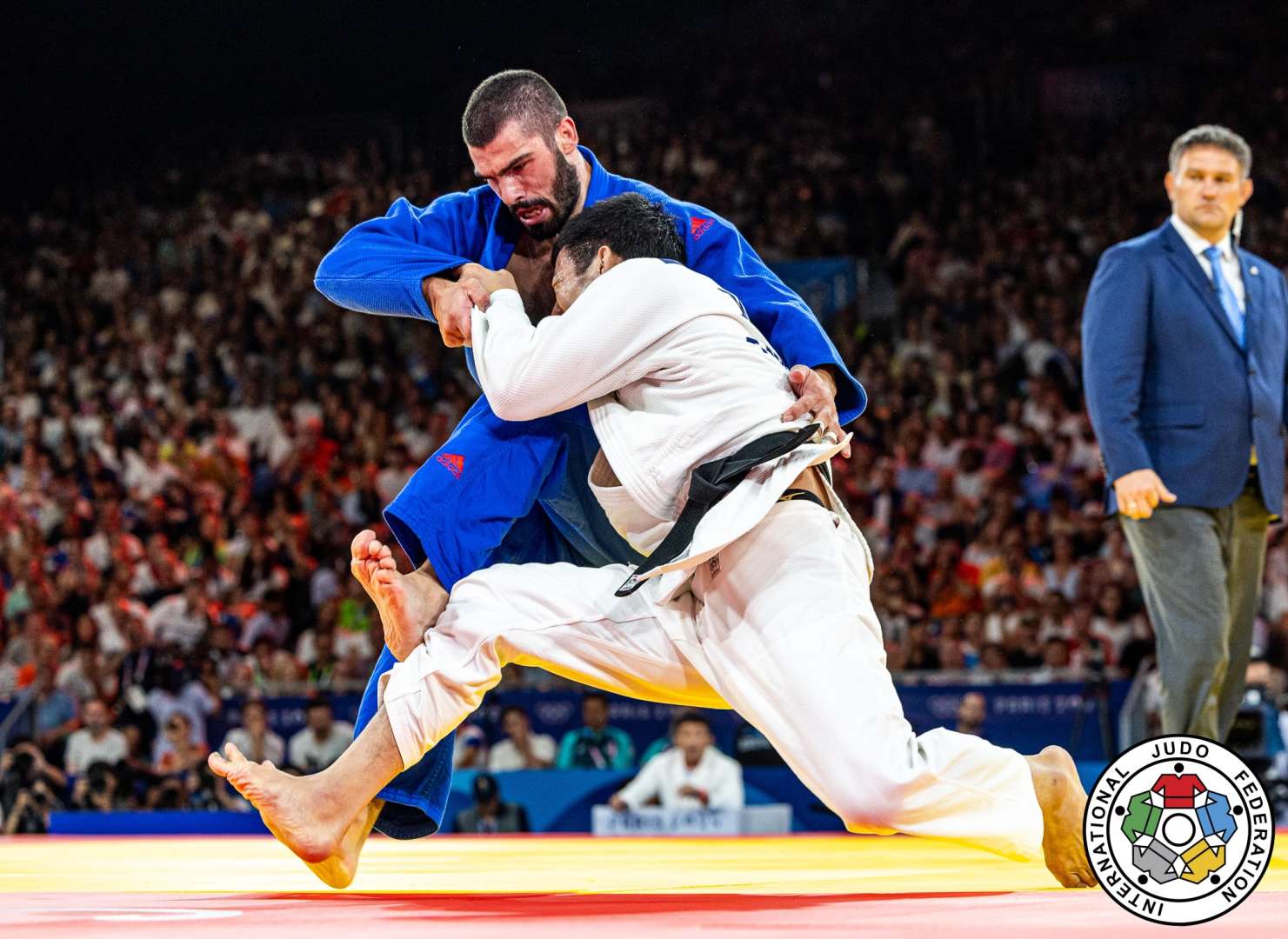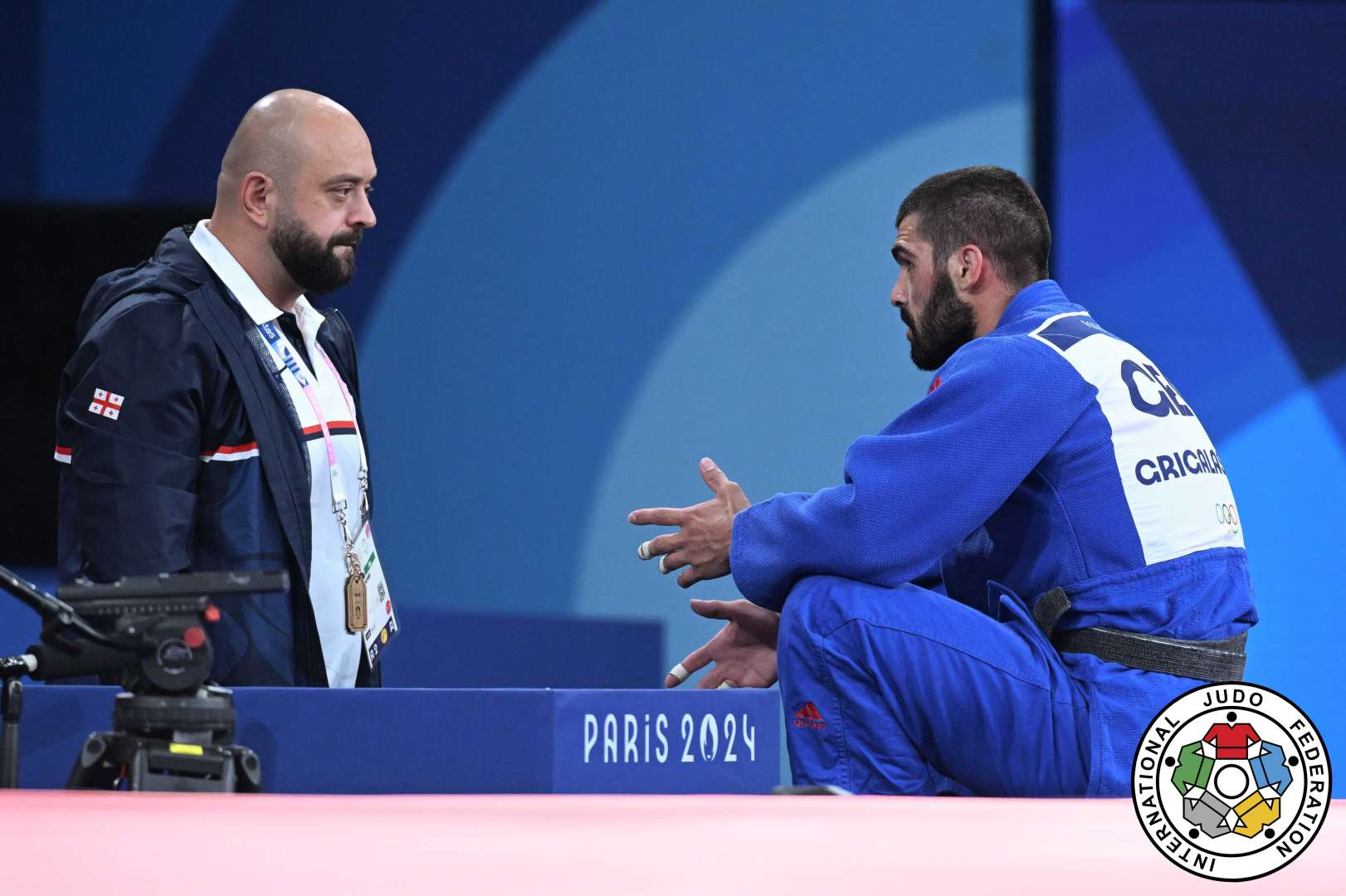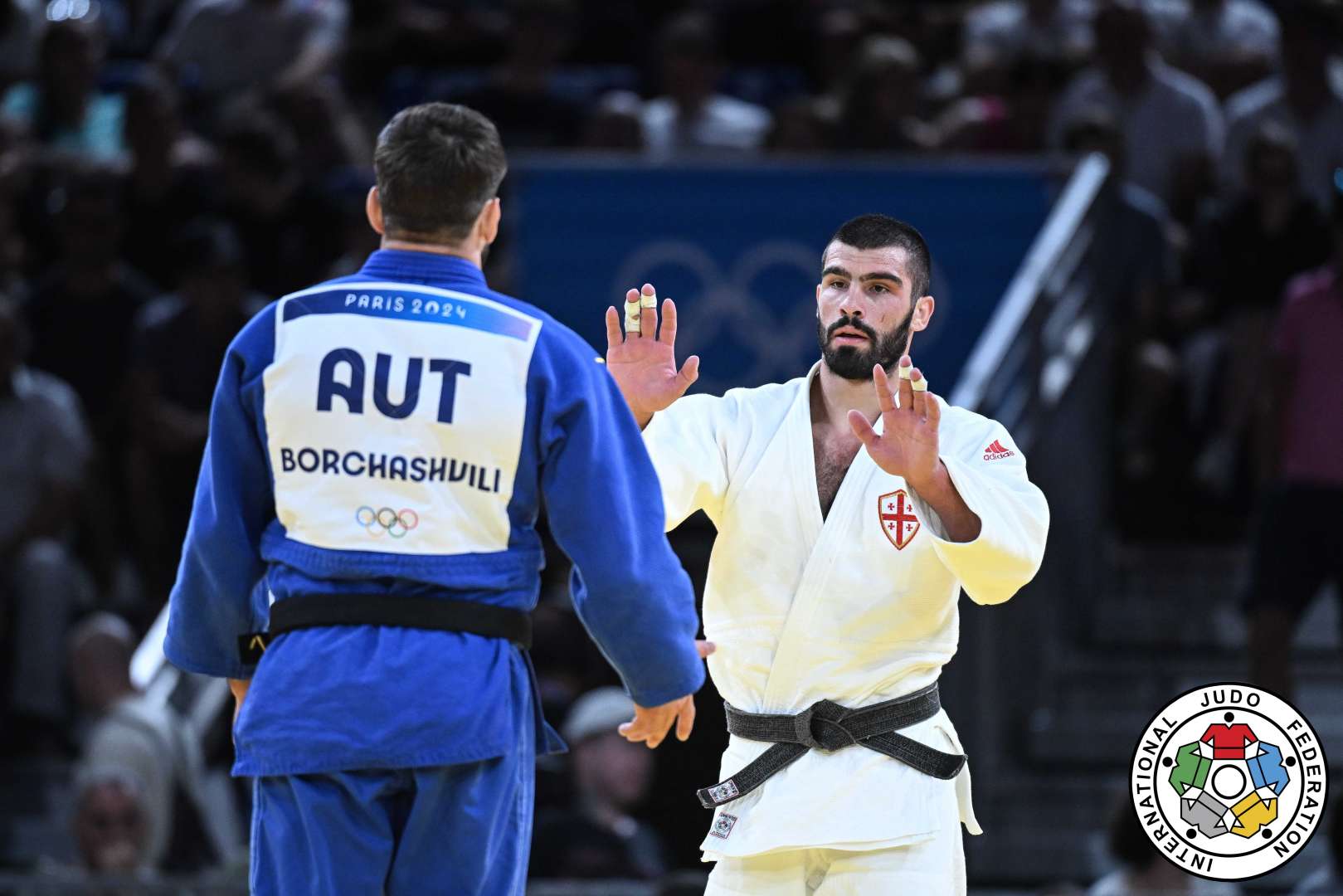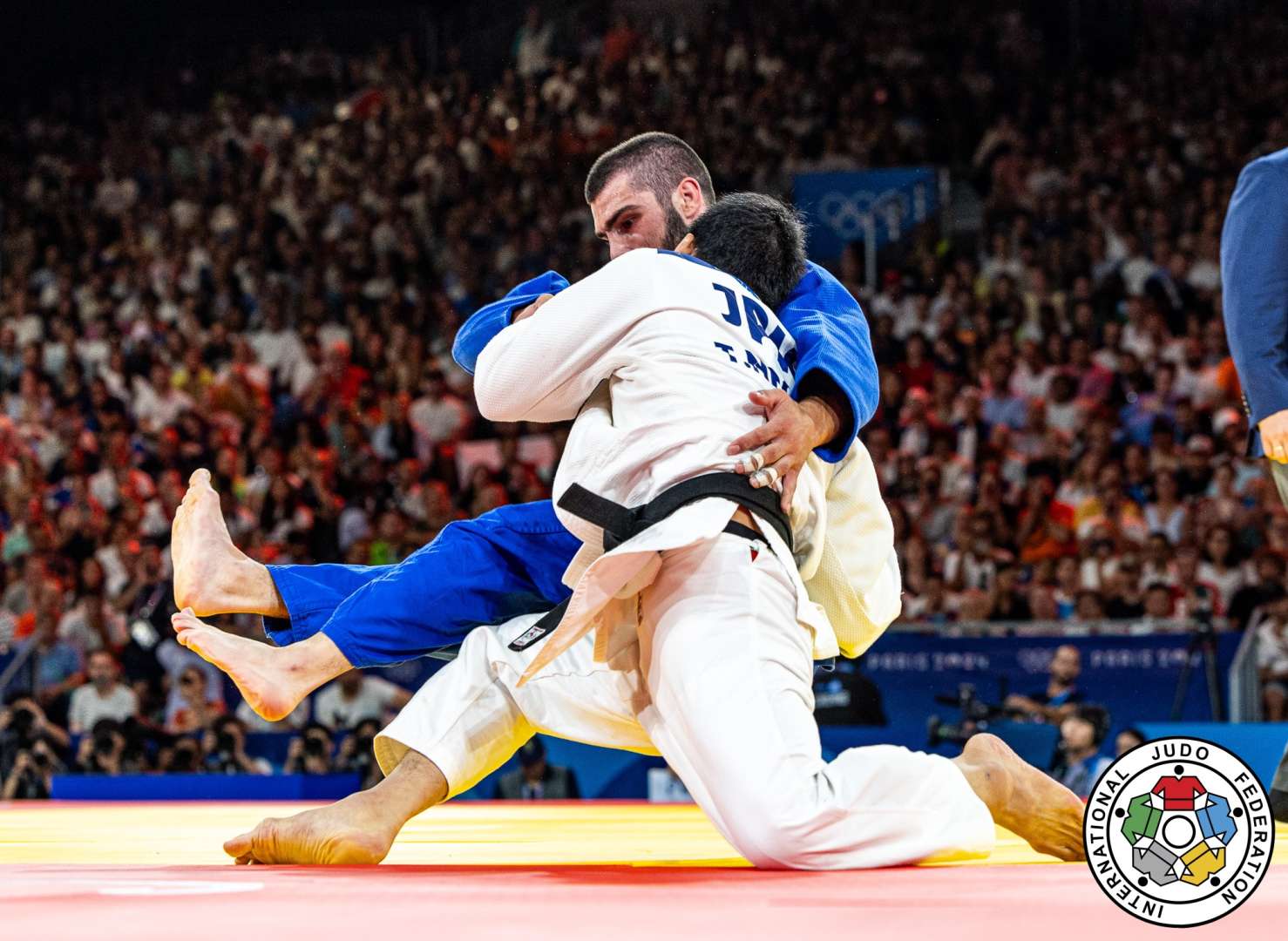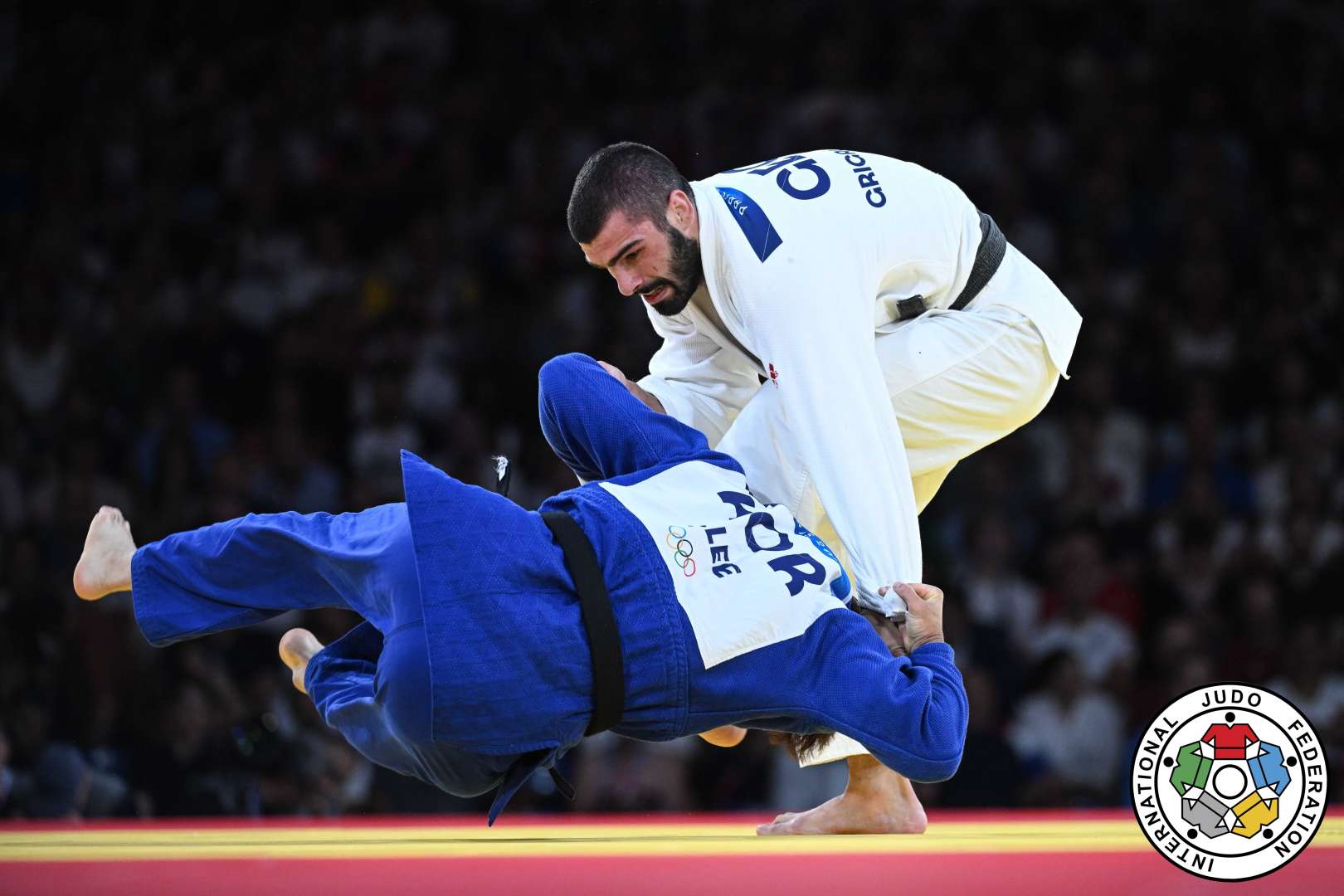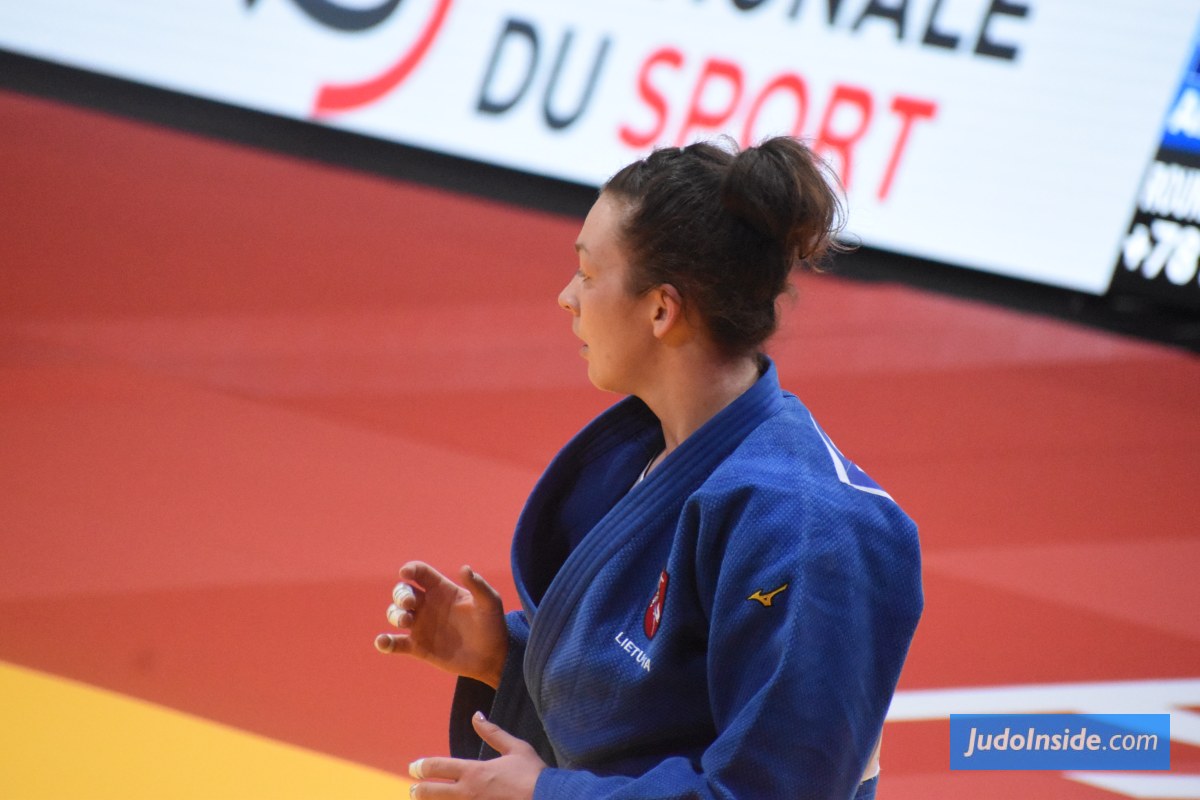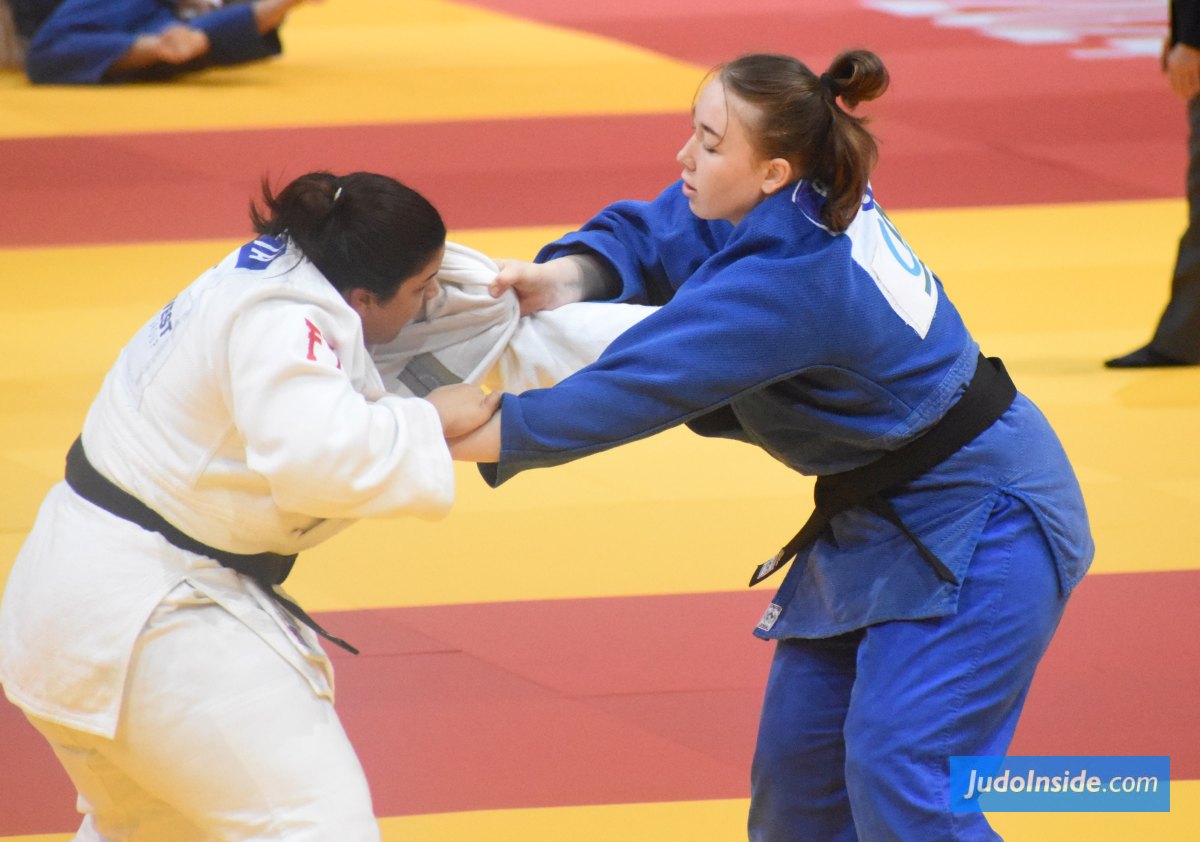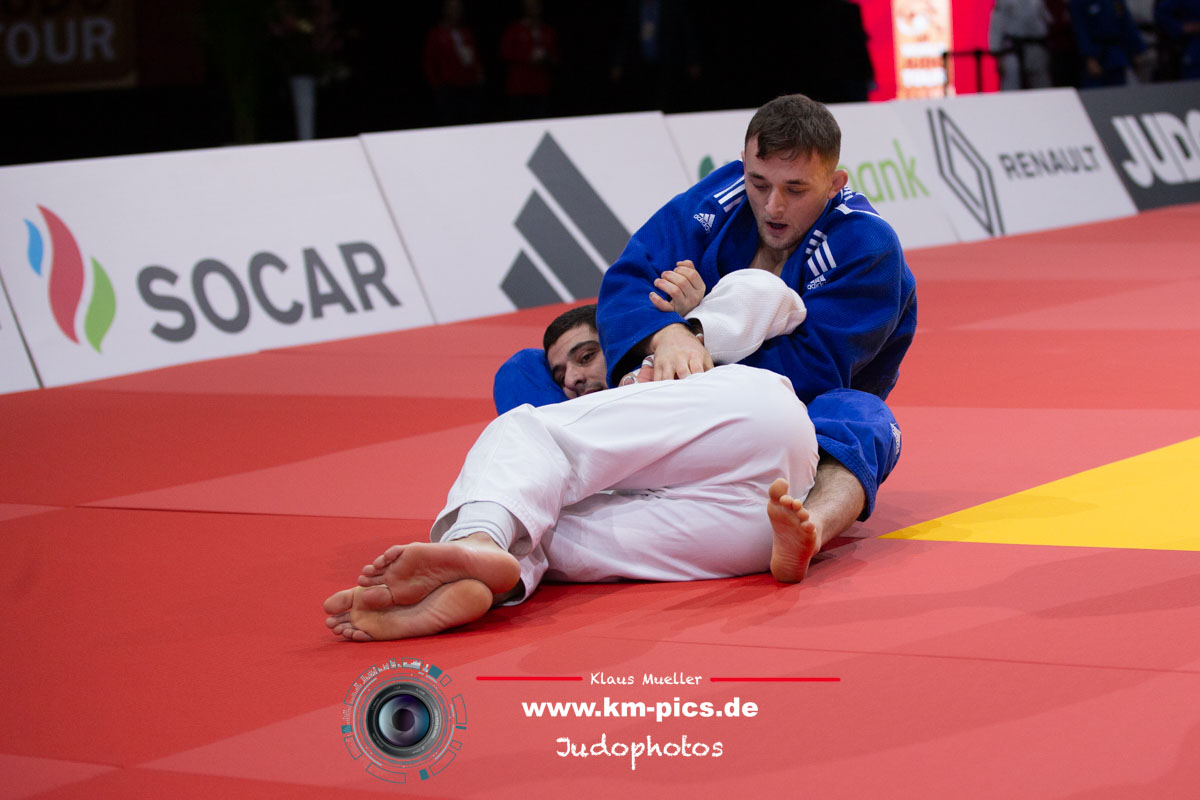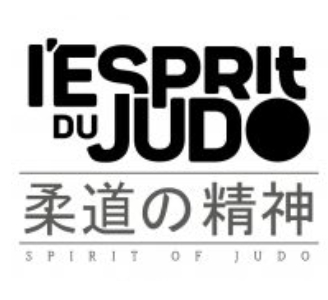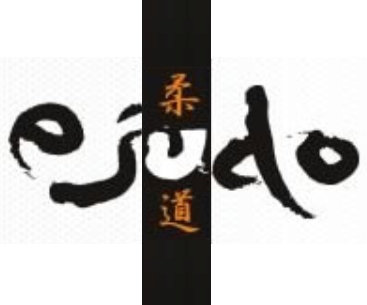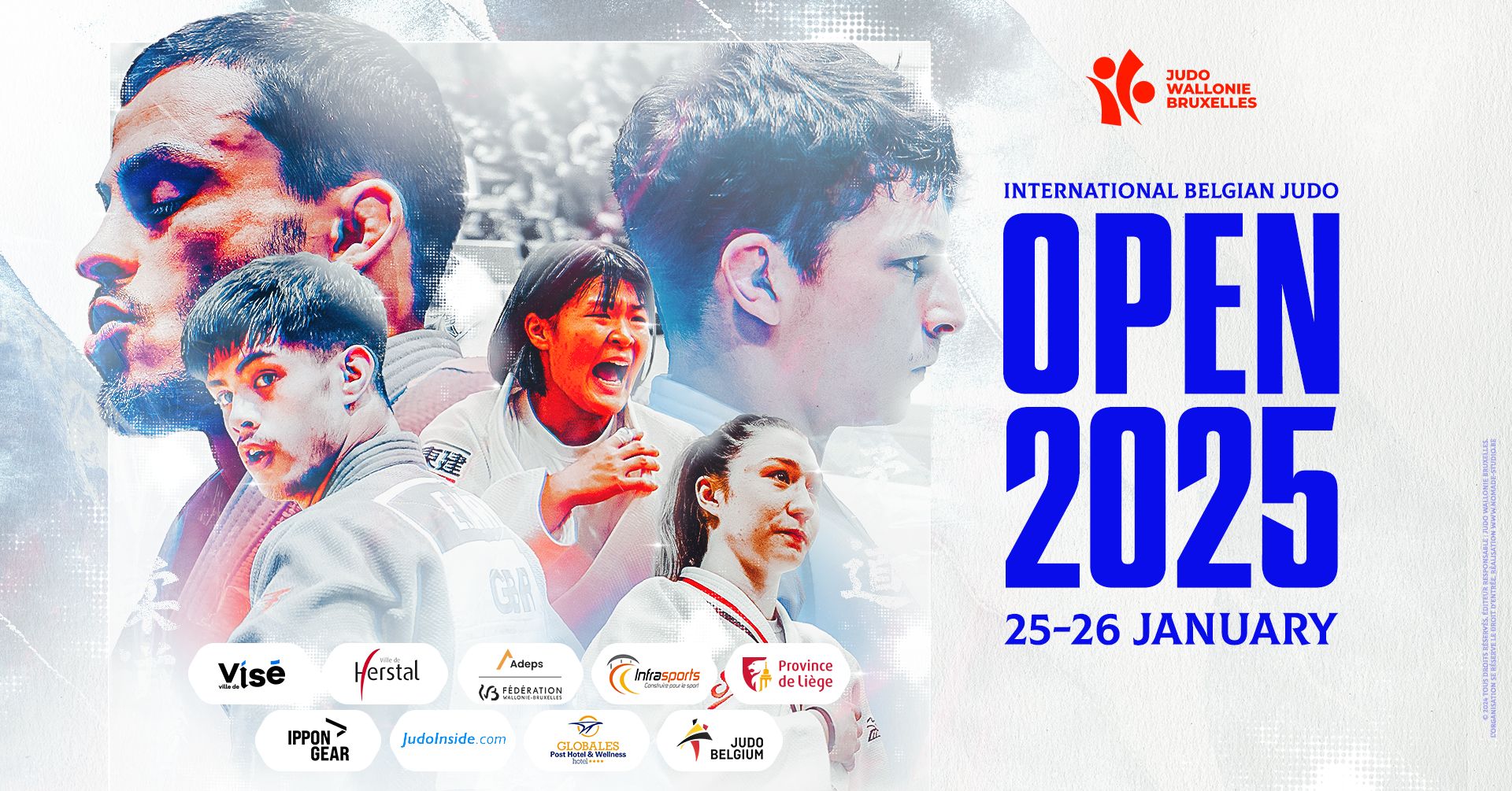Why gripping rules should change
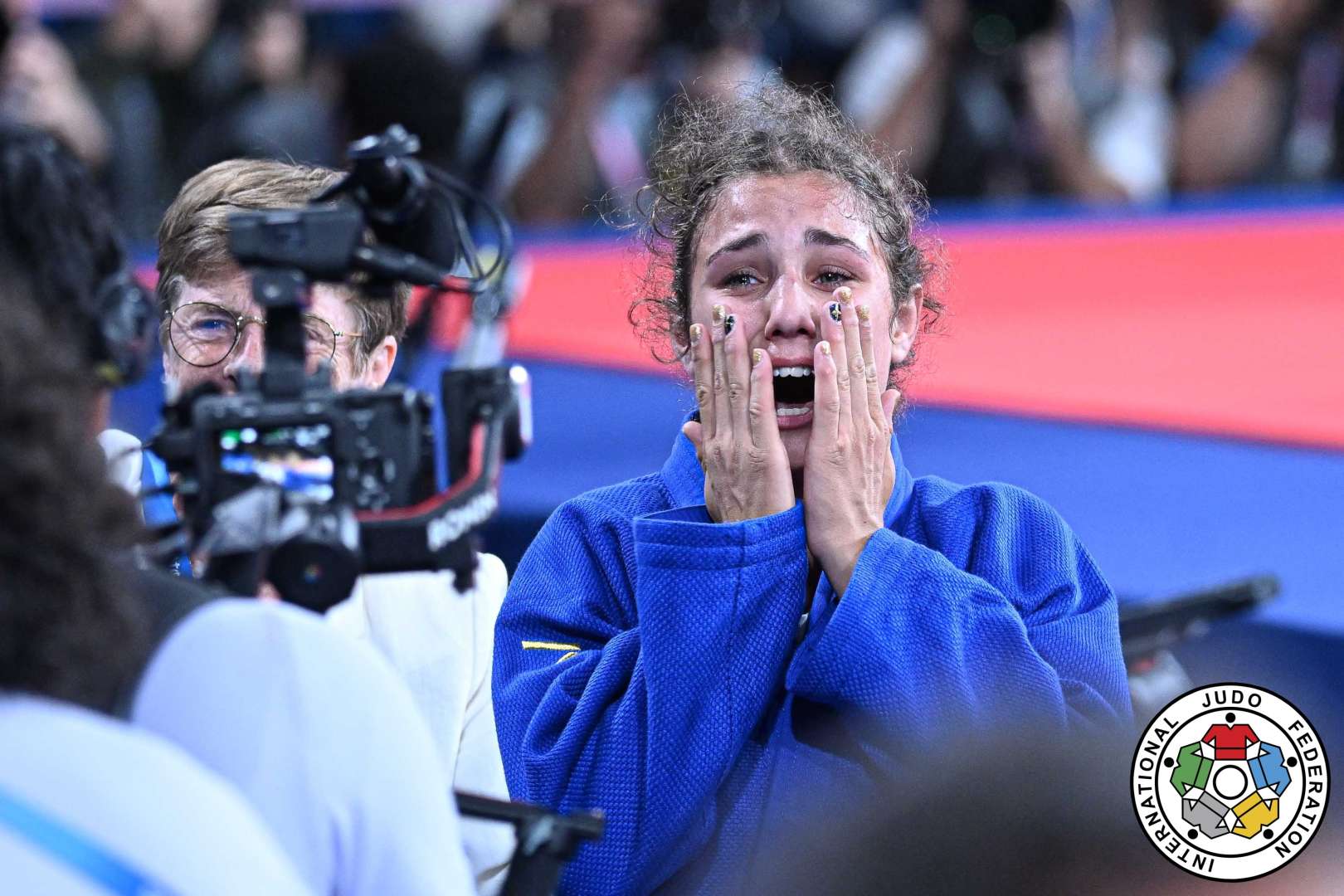
 14 Aug 2024 10:00
14 Aug 2024 10:00
 by Oon Yeoh of JudoCrazy
by Oon Yeoh of JudoCrazy
 Tamara Kulumbegashvili - IJF
Tamara Kulumbegashvili - IJF
Many matches were lost due to mistakes made in gripping. Snapping off the grip is considered a shido infringement under current rules, and quite a few players actually lost their contests because of that.
The most notable one was probably the semifinal match between Natsumi Tsunoda (JPN) and Tara Babulfath (SWE). The match was in Golden Score and both players had two shidos each. Babulfath made the mistake of snapping off Tsunoda’s grip and was given her third penalty (and thus, hansoku-make). The Swedish teen was very upset and openly protested to the referee but to no avail.
Based on current rules, it was a shido infringement. But should it be, going forward? This didn’t use to be the case. The late, great champion Toshihiko Koga of Japan was famous for denying his opponents any grip. This included blocking his own lapel (also currently illegal) and yes, snapping off his opponent’s grips.
The reason for not allowing players to snap off grips is to encourage them to take a grip and to do judo. But as everyone could see in Paris 2024, even with this rule in place, there was plenty of delays and stalling. Some matches saw shido play going on all the way.
Here are some suggestions for gripping rule changes:
a) Allow players to block their own lapels. Yes, this makes it harder to get a traditional sleeve-lapel grip, but a good player should be able to deal with such a situation by taking other forms of grips (e.g. over the shoulder and around the back or a triceps grip or a double sleeve grip). Allowing such blocks will actually spur creativity and innovation, as players figure out ways to get past such blocks.
b) Allow unorthodox grips to last longer. Right now, if a player adopts an unorthodox grip, they have only a few seconds to execute a throw. But if they adopt a traditional sleeve-lapel grip, they have a much longer time frame to set up a throw. Why should that be? No doubt, some unorthodox grips are hard to deal with but a good judo player should be able to deal with any type of grip. Such a rule change will also spur creativity as many unorthodox throws can be done.
c) Fingers in opponent’s sleeve is another penalty that caused several players to lose their match. This rule is in place to protect players’ fingers. And it is a good rule. But when a shido should be applied should be narrowed considerably. If it’s done clearly by accident, there should not be a penalty. This is where the referee (and video judges) should have the discretion to determine whether it was done accidentally or was a purposeful act. No doubt, there is a high degree of subjectivity here but frankly, most people (not just referees) can tell when sleeves in fingers is done on purpose or by accident. When it is the latter, a penalty is not appropriate.
d) The same applies to leg grabs. If a leg grab is deemed to be not intentional (this needs to be determined by the referee and video judges), a penalty shouldn’t be given.
 like
like
 share
share
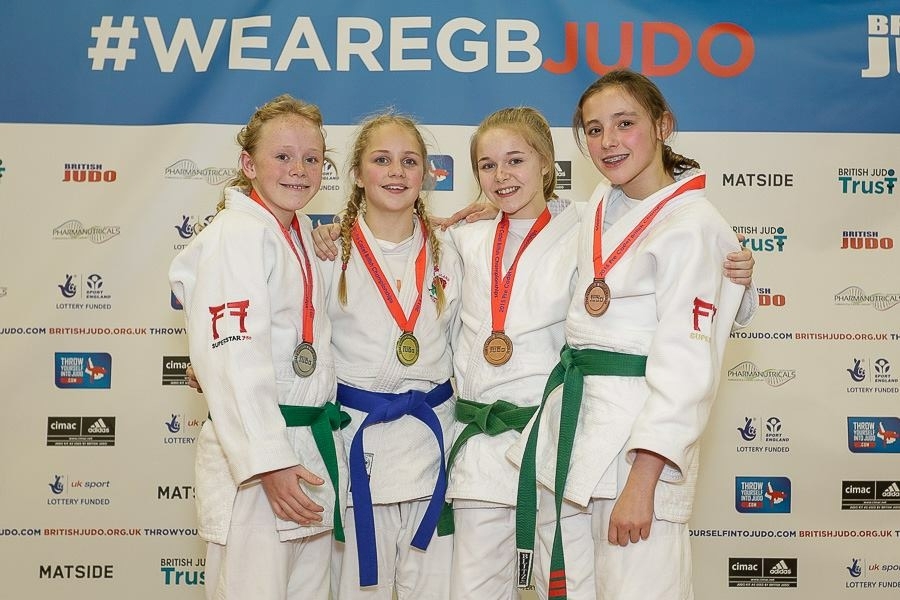
| Result | City | Date |
|---|---|---|
| 2 | Paris | 2024 |
| 1 | Abu Dhabi | 2024 |
| 1 | Zagreb | 2024 |
| 3 | Belgrade | 2023 |
| 2 | Montpellier | 2023 |

